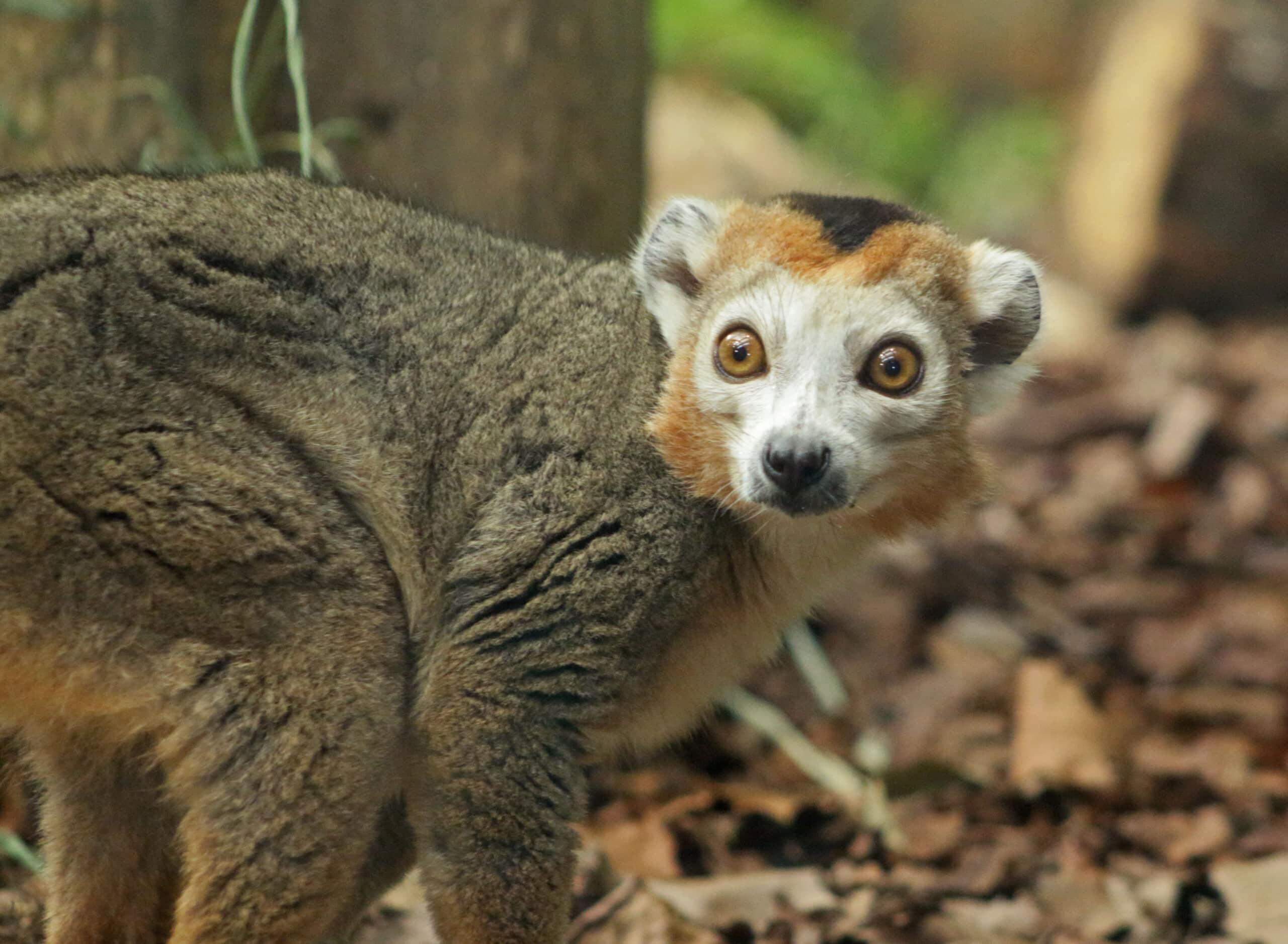How mini ecosystems help our animals thrive
October 7, 2024
October 7, 2024

Marwell Zoo is well known for being home to a wide range of rare and endangered animals, but did you know there’s a whole host of tiny critters and plants helping our animals to thrive?
This World Habitats Day we’re celebrating the great strides we’ve been making in providing our resident animals with mini ecosystems.
In the wild, animals typically live in environments where every plant and creature contributes and benefits from the resources around them.
Every living thing has a role to play from providing food for other species to climbing structures, nesting materials and even consuming waste.
Which is why at Marwell we’ve been looking at ways to make the indoor habitats our animals live in more like the ecosystems they would live in in the wild.
One area where this can be seen in action is our primate habitats, where our indoor primate and small mammal enclosures have been upgraded with “biofloors”.
Biofloors combine sand, soil, gravel and leaf litter with a range of insects including worms, springtails and woodlice.
These insects play several important roles, they aerate the soil, help to clean up animal waste and are a food source for some of our animals
Switching from using bark mulch to a deeper soil base on top of gravel and topped with leaf mulch has meant living plants can be introduced to our indoor animal habitats too.
The plants are instrumental in increasing humidity to a level more closely compared to the natural climates these species would thrive in, in the wild.
House plants such as ficus, bromeliads, lady palm and even avocado benefit from the ultraviolet lights needed by our neotropical primate species and the warmer temperature within these areas, which is maintained between 22 and 26 degrees Celsius.
The optimum conditions for our primate species coincide perfectly with the needs of the plants allowing both flora and fauna to thrive side by side.
By creating mini ecosystems, keepers have noticed that our animals are benefiting from increased environmental stability. They have seen improvements in animals’ coat condition, skin and respiratory health too.
Our animals also benefit from the opportunity to express a diverse range of natural behaviours such as foraging for insects in leaf litter and gleaning water that has collected in plant leaves.
Although our keepers still monitor the environment closely and remove any excess waste from the floor, creating an ecosystem within the habitats means that the environment is self-sustaining.
Keepers no longer need to remove or refresh the substrate on the ground as they can now check the health of the biofloor (ensuring it’s not too wet or too dry) and top up the leaf litter as needed.
As well as providing a more natural environment for our animals, by ‘bringing the outside in’ it means that during the colder months, our animals still have plenty to keep them occupied indoors
Plus, biofloors are a huge sustainability win, recycling the leaves we already have on site and encouraging nature to flourish in our indoor spaces as well as the great outdoors. For more about our sustainability efforts, animals and park visit www.marwell.org.uk